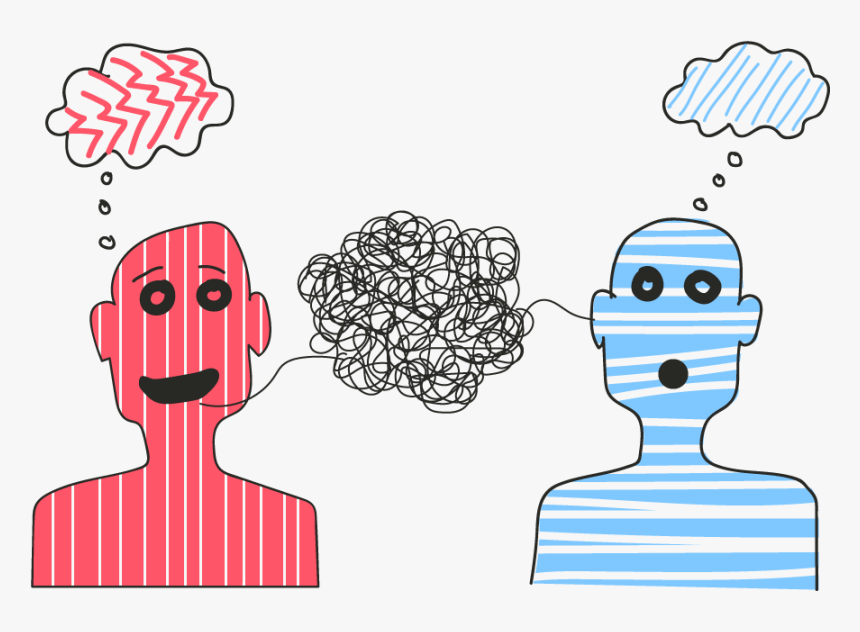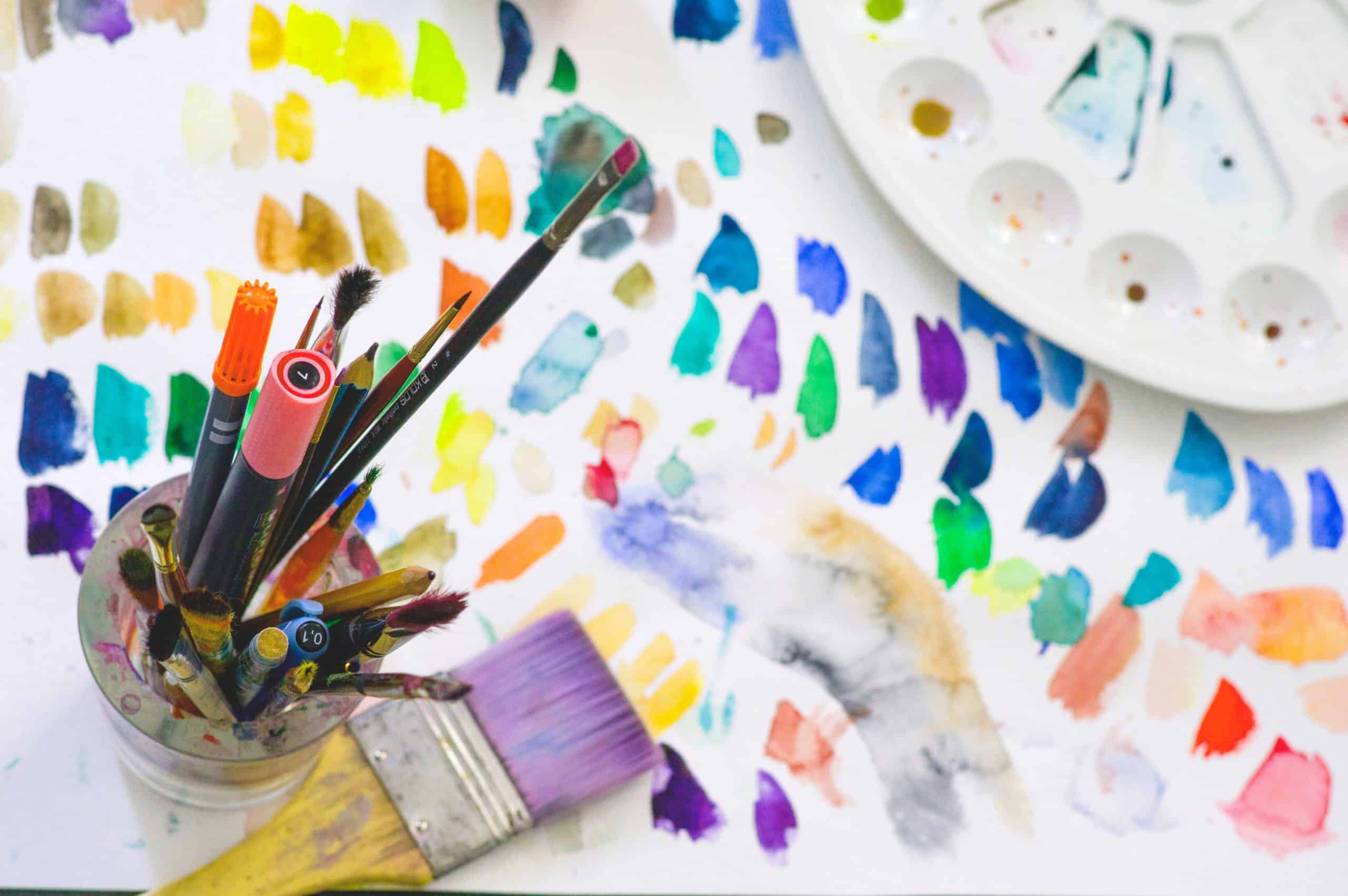How can Art be a Communication Language?
The philosopher Plato ("Aesthetics - Plato's Aesthetics", 2021) described the arts as imitations of objects and ordinary life events. Following Plato's theory, art can be used to make meaning of the world and the objects around us; events that occur (both in the greater world and personal events), and also the objects we see and use daily. Just as an infant learns to speak by copying the sounds their parents make, children can learn through copying or 'imitating' the things they see around them and the things that impact them directly.
Similarly, many psychologists use visual art forms as a way for children to express their emotions, or visually depict a particular event (such as abuse, death of a beloved pet, or even a social interaction they have witnessed). This method is used as it is a "nonconfrontational assessment approach" (Riordan, R., & Verdel, A., 1991) to children's psychology.
If we apply Plato's theory with the psychological technique of art use, we are able to see how having the arts in the curriculum and programs is a pivotal turning point in allowing children to access many different ways of communicating.
Often when we think of communicating, we think of someone speaking; children are still learning skills such as speaking, listening to others, walking, running, and learning their colours, so why should we expect children to verbally communicate their emotions and ideas when it is developmentally appropriate for children to successfully start putting two simple words together at age 2 (Developmental milestones and the Early Years Learning Framework and the National Quality Standards, n.d.). Only at age five are children expected to begin experimenting with more adult forms of speech. What tools can we use in the interim so children can communicate? Their creativity; something does not need to be taught but harnessed and developed. We can help children in expressing their emotions through artistic works as they may not have the words to explain how they feel (Mandrapa, 2021).
References
Aesthetics - Plato's Aesthetics. Users.rowan.edu. (2021). Retrieved 13 September 2021, from http://users.rowan.edu/~clowney/Aesthetics/philos_artists_onart/plato.htm.
Developmental milestones and the Early Years Learning Framework and the National Quality Standards.
Mandrapa, L. (2021). Learn to decode children's drawings | Novak Djokovic Foundation. Novak Djokovic Foundation. Retrieved 13 September 2021, from https://novakdjokovicfoundation.org/learn-to-decode- childrens-drawings/.
Riordan, R., & Verdel, A. (1991). Evidence of Sexual Abuse in Children's Art Products. <i>The School Counselor, </i> <i>39</i>(2), 116-121. Retrieved September 13, 2021, from http://www.jstor.org/stable/23901616
The Utah Statesman. (2021). [Image]. Retrieved 13 September 2021, from https://usustatesman.com/the-art-of- communication/.


No comments:
Post a Comment